Discover a professional 3D printing powder supplier
Compound Chemicals
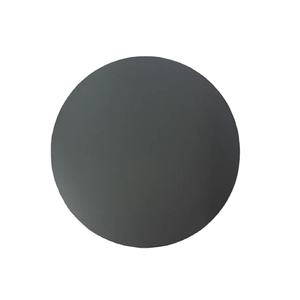
Xinyang PLA Raw Materials 3D Printing Filament

high toughness 3D Printing Filament PLA PETG Raw Materials Pellets
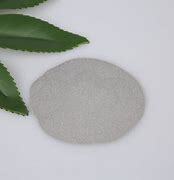
PETG ABS PLA 3D Printing Filament Compound Silk Masterbatch
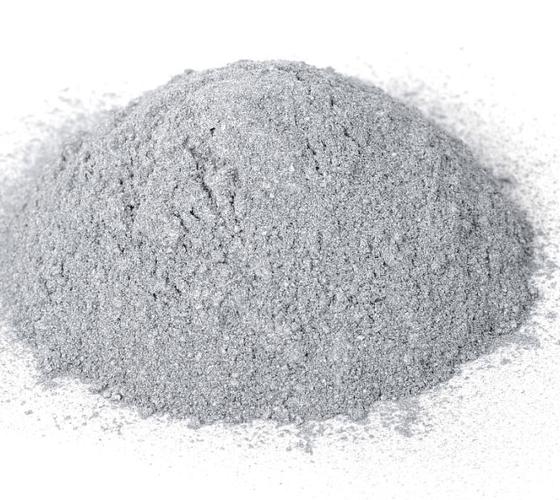
3D printing resin jewelry casting resin OEM available
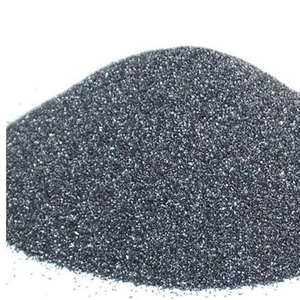
PLA Silk Masterbatch 3D Printing Filament
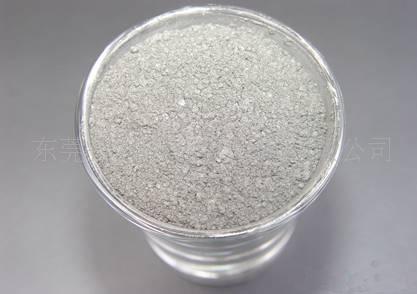
3D Printing Filament PLA PETG Raw Materials

BASSEN3D Molazon rigid resin for 3d printing
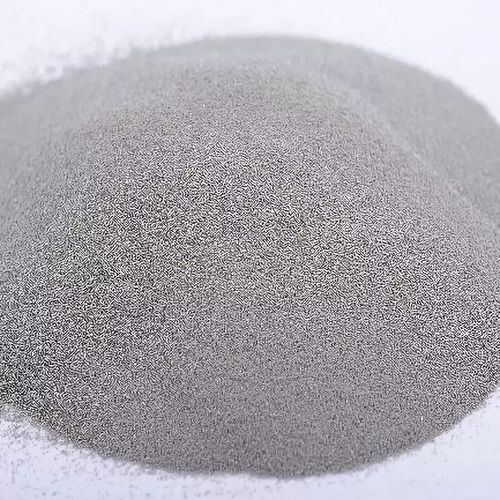
3D Printing Filament Matte PLA ABS PETG TPU Color Masterbatch
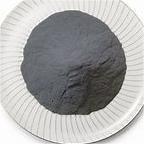
Molazon 3D printing Resin
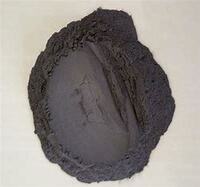
Engineering plastic transparent TPU granules pellets different hardness for 3D printing and injection moulding
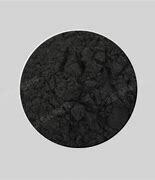
Non-toxic 3D Printing PETG ABS ASA PLA Masterbatch Fast Flow Rate PLA Compound Granules Filament Master Batch

Best ! Thermoplastic Polyurethane TPU pellet for 3D printing
Introduction to 3D printing composite materials
3D printing composite materials are advanced materials that combine two or more materials (such as polymers, metals, ceramics, carbon fibers, etc.) through additive manufacturing technology. They have the excellent performance of each component and are widely used in aerospace, medical, automotive and other fields.
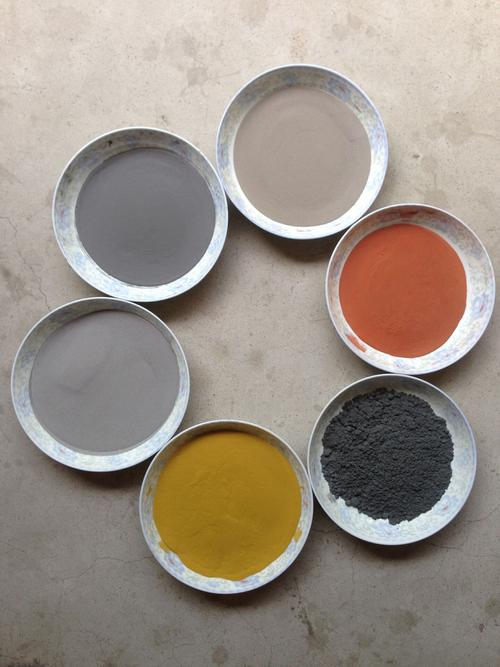
Characteristics of 3D printing composite materials
Lightweight: Combination of high strength and low density, suitable for weight reduction scenarios.
High strength: Fiber/nanoparticle reinforcement improves mechanical properties.
Design freedom: Integrated molding of complex structures breaks through traditional manufacturing limitations.
Functional customization: Conductive and high temperature resistance are achieved through material combination.
Low-cost rapid prototyping: Reduce mold requirements and accelerate product development.
Specifications table of 3D printing composite materials
| Parameter | Value Range | Unit |
|---|---|---|
| Tensile Strength | 50–500 | MPa |
| Density | 1.1–4.5 | g/cm³ |
| Layer Thickness | 0.05–0.3 | mm |
| Printing Temperature | 180–400 | °C |
| Fiber Content | 10–60 | % |
Application of 3D printing composite materials
Aerospace: Lightweight components (such as drone frames, satellite parts).
Medical: Customized prostheses, biocompatible implants.
Automotive: High-strength structural parts, thermal management components.
Electronics: Flexible circuits, heat dissipation materials.
Energy: Battery electrodes, lightweight wind turbine blades.
Company Profile
3D Printing Passion is a trusted global chemical material supplier & manufacturer with over 12-year-experience in providing super high-quality 3D printing powder and relative products.The company has a professional technical department and Quality Supervision Department, a well-equipped laboratory, and equipped with advanced testing equipment and after-sales customer service center.If you are looking for high-quality 3D printing materials and relative products, please feel free to contact us or click on the needed products to send an inquiry.
Payment Methods
L/C, T/T, Western Union, Paypal, Credit Card etc.
Shipment
It could be shipped by sea, by air, or by reveal ASAP as soon as repayment receipt.
5 FAQs
Q: What are the common types of 3D printed composite materials?
A: Carbon fiber reinforced plastics, glass fiber composites, metal-ceramic hybrid materials, etc.
Q: What are the advantages compared with traditional manufacturing?
A: Reduce material waste, support complex geometric shapes, and shorten production cycles.
Q: Is it suitable for mass production?
A: Currently more suitable for small batch customization, but high-speed 3D printing technology is promoting large-scale applications.
Q: How to ensure the interlayer bonding strength?
A: Optimize printing parameters (such as temperature, speed) or use interface enhancement technology.
Q: Which 3D printing technologies are compatible with composite materials?
A: FDM (fused deposition modeling), SLS (selective laser sintering), DLP (digital light processing), etc.
